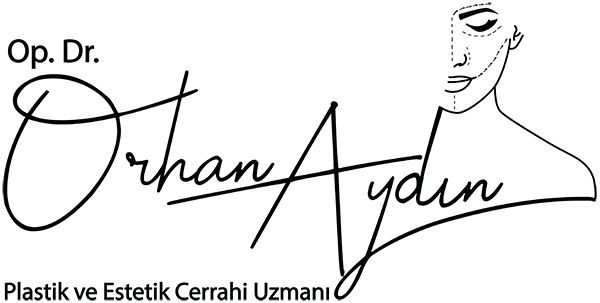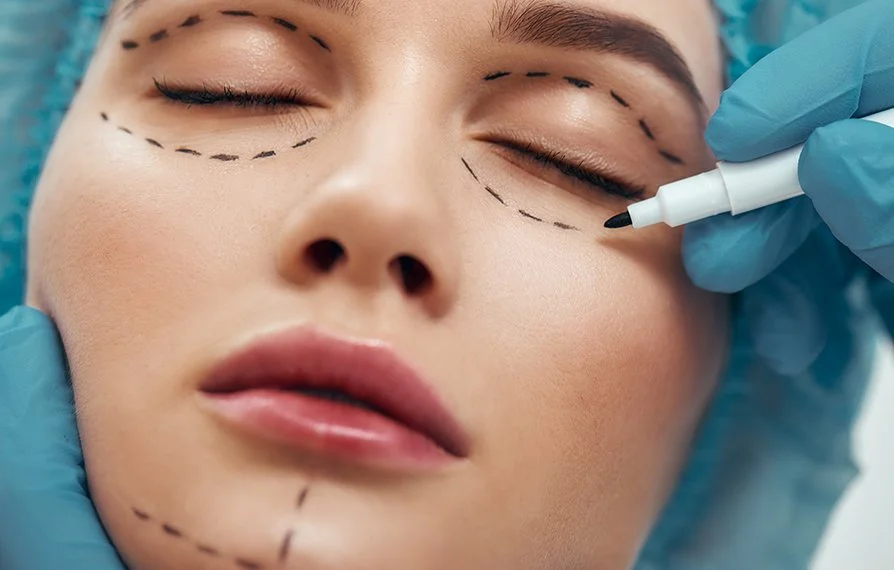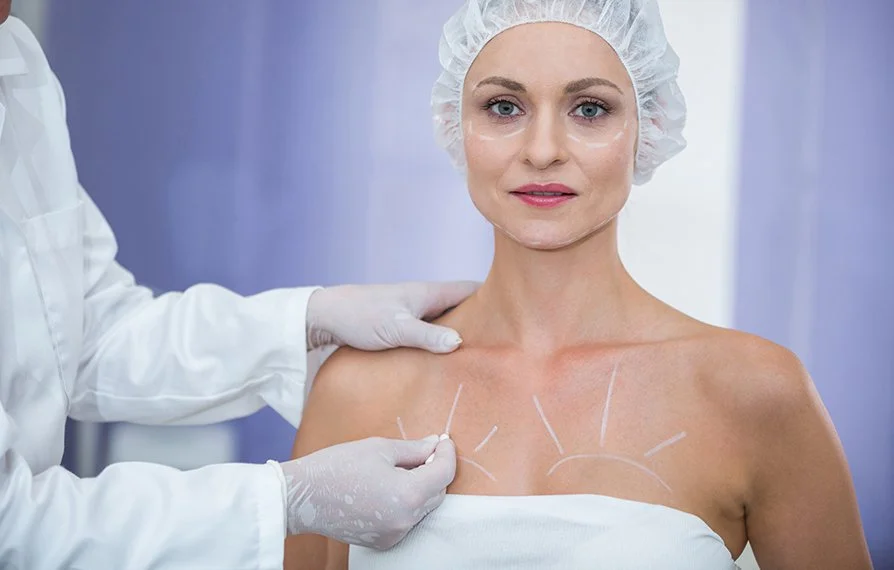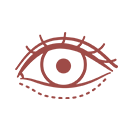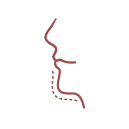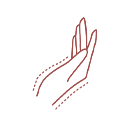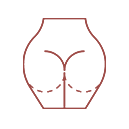Popular Procetures
Want to learn about popular procedures?
what we do
Confidence Through Aesthetics
In the field of aesthetic and plastic surgery, we help individuals feel their best and regain their confidence. Our expert team utilizes modern technologies and innovative techniques to provide each patient with a personalized approach. Our goal is to support you in achieving your aesthetic goals by delivering natural and balanced results.
Operations
Aesthetic and Plastic Surgery
“The most important issue for me is to be able to accurately tell you the result we can achieve, with or without surgery, and to be able to provide a realistic expectation.“
Rhinoplasty is a surgical procedure to reshape or correct nasal deformities for improved function and appearance.
Blepharoplasty, or eyelid aesthetics, is a procedure to enhance the appearance and function of the eyelids.
You can get detailed information about jaw aesthetics, a procedure to enhance the appearance and structure of the jawline.
Hand and Upper Extremity Surgery, also known as hand surgery, focuses on treating conditions affecting the hand, wrist, and arm.
The process of aesthetically shaping the cheeks for a lifelong effect is called Bichectomy.
Butt aesthetics refers to hip shaping surgeries designed to enhance the contour and appearance of the hips.
our experience
Perfect Healthy Skin For You
We share our expertise with you for healthy skin. Every moment you spend with us is designed to provide you with personalized care and achieve perfect results. By prioritizing quality and effectiveness in every step of skincare, we aim to offer you the best possible outcomes.
25.000+ Total Surgeries
Extensive experience in aesthetic and reconstructive procedures.
5.000+ Rhinoplasties
Crafting natural, functional, and aesthetically pleasing noses.
3.000+ Breast Aesthetics
We help women feel more confident and happy with themselves.
3.000+ Eyelid Surgeries
Refreshing and rejuvenating the eyes with expert precision.
